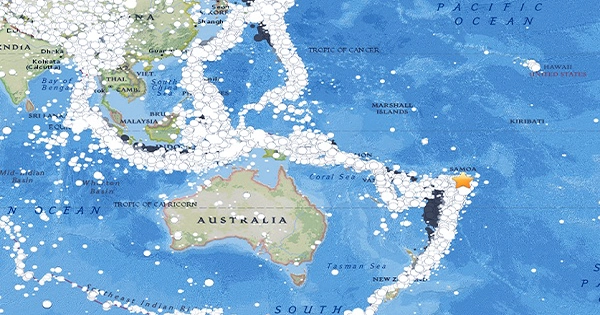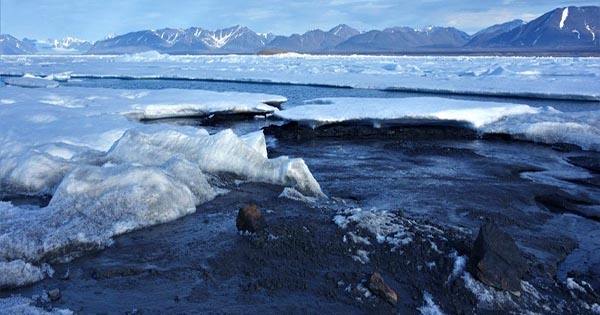Tonga has recently struck by a severe earthquake. This comes nearly two weeks after a series of volcanic explosions and a catastrophic tsunami from the Hunga Tonga-Hunga Ha’apai volcano. The event is estimated to have a magnitude of 6.2 and a depth of 4.2 kilometers by the US Geological Survey (2.6 miles). It happened on January 27 at 06:40 UTC, 225 kilometers (140 miles) west-northwest of Pangai, and the capital of the Tongan islands’ Hapai Group.
The earthquake appears to be unrelated to the increased volcanic activity of Hunga Tonga-Hunga Ha’pai that began in December and peaked in the January 15 eruption. This emitted enough energy to detonate 500 Hiroshima bombs, causing the atmosphere to ring like a bell. The volcano was 200 kilometers northwest of the epicenter of the quake. In the aftermath of the tsunami, which damaged an underwater cable, the Pacific monarchy is still grappling with telecommunications. Three persons have been confirmed deceased, and 14 have been injured, while numerous more are still missing.
The Discussion On Jan. 15, 2022, the Hunga Tonga-Hunga Ha’apai eruption reached a climax. Its rapid release of energy not only fueled an ocean tsunami that wreaked havoc as far as the West Coast of the United States, but it also created pressure waves in the atmosphere that soon spread throughout the globe. Close to the eruption, the airwave pattern was complex, but thousands of kilometers away, it appeared as a single wavefront moving horizontally at almost 650 miles per hour as it stretched outward.
According to NASA’s James Garvin, chief scientist at the Goddard Space Flight Center, the blast was roughly 10 megatons of TNT equivalent, which is nearly 500 times more powerful than the bomb dropped on Hiroshima, Japan, during World War II. The wave looked like a ripple created by dropping a stone in a pond to satellites having infrared sensors above.
As it passed over North America, India, Europe, and other parts of the world, the pulse was detected as changes in air pressure that lasted several minutes. People were able to track the pulse’s movement in real-time online as observers shared their barometer findings on social media. In just 35 hours, the wave had traveled around the planet and returned.
















